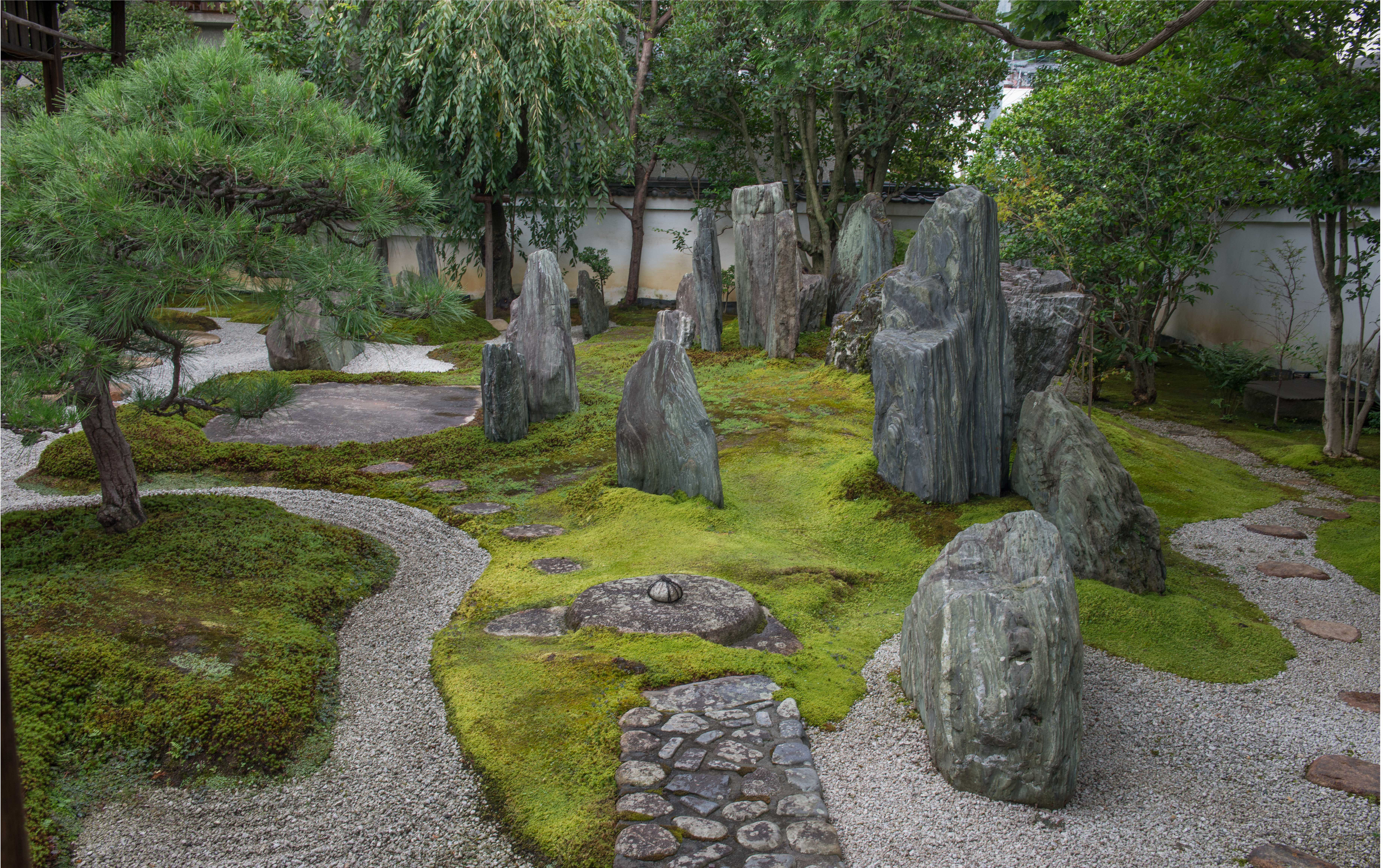Between the years 1924 and 1975, Mirei Shigemori (1896-1975) designed more than 180 gardens in Japan, an extraordinary creative output by any standard.
If Shigemori was best known as a landscape designer, an artist in the placement of stones, it is worth noting that his accomplishments extended to being a scholar and practitioner of painting, the tea ceremony and ikebana. His fascination with contemporary Western art may have underlined some of the more daring innovations he made during his long career.
One of the most original garden designers in the history of the art, his work was not universally admired, though there were, and continue to be, fierce devotees and defenders of his ideas. By the garden establishment standards of his day, his designs, which included the use of unorthodox materials such as cement and tile, may have appeared radical, even unacceptable in some quarters, but they were always based on a scholarly knowledge of traditional Japanese landscape principals. As a young man he had undertaken the Promethium task of compiling a survey of Japanese gardens, the final work running to a staggering 27 volumes.



